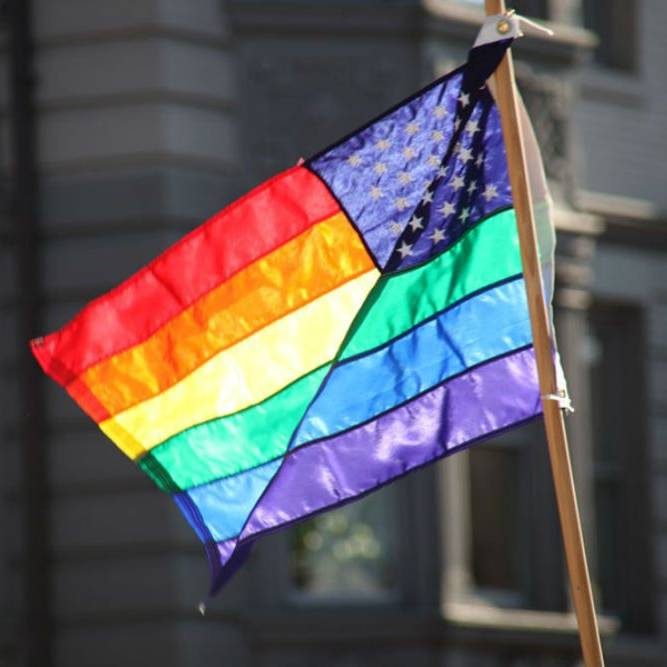
GLAAD updated the mission and style guide to be more inclusive.
The advocacy group has officially recommended adding the “Q” to the acronym used to reference the lesbian, gay, bisexual, transgender and queer communities.
It made the recommendation for the first time in the latest edition of its Media Resource Guide, where it urged journalists and media outlets to include the Q for people who identify as queer, although the letter can also stand for “questioning.”
“The GLAAD Media Reference Guide is the industry standard for fair and accurate reporting on the LGBTQ community, and informs the style guides of the world’s leading news organizations,” explained GLAAD President & CEO Sarah Kate Ellis. “This latest edition reflects the increasingly diverse ways LGBTQ people, especially young people, talk about their identities.”
The definition of the term “queer” in GLAAD’s newest reference guide acknowledges the role younger people have played in bringing the word into the mainstream, and the importance of having a sexual identity category that can, for some people, feel less limiting than gay, lesbian or bisexual:
An adjective used by some people, particularly younger people, whose sexual orientation is not exclusively heterosexual (e.g. queer person, queer woman). Typically, for those who identify as queer, the terms lesbian, gay, and bisexual are perceived to be too limiting and/or fraught with cultural connotations they feel don’t apply to them. Some people may use queer, or more commonly genderqueer, to describe their gender identity and/or gender expression (see non-binary and/or genderqueer below). Once considered a pejorative term, queer has been reclaimed by some LGBT people to describe themselves; however, it is not a universally accepted term even within the LGBT community. When Q is seen at the end of LGBT, it typically means queer and, less often, questioning.
GLAAD’s definition also acknowledges the history of the word queer, which, for much of the 20th century, was used as an insult.



